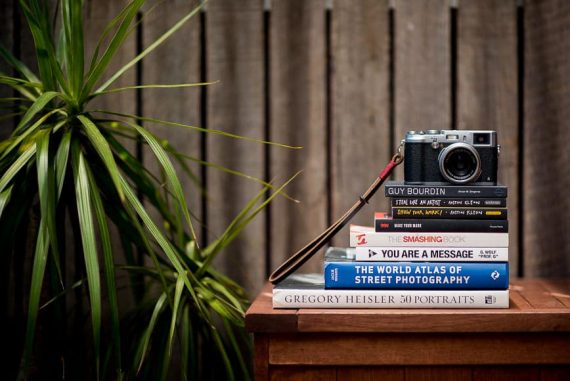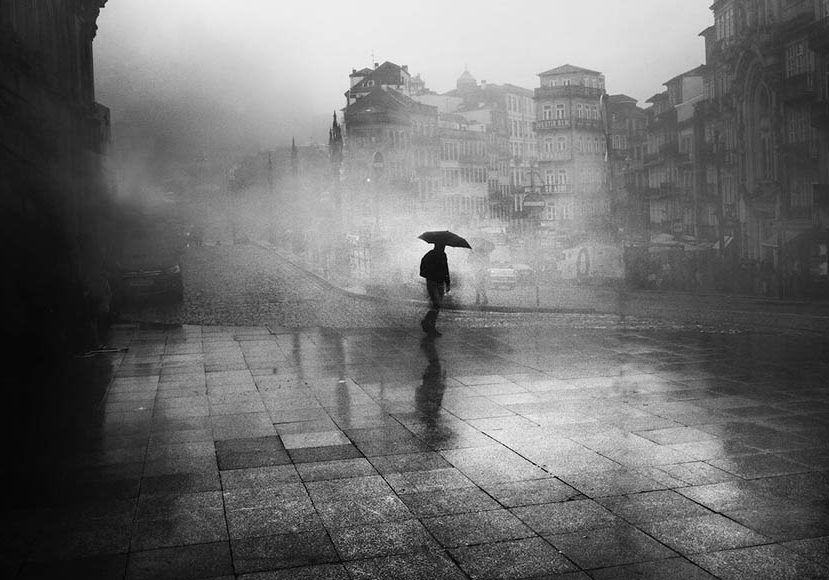
Examining Henri Cartier Bresson’s “The Decisive Moment”
Delve into the essence of Henri Cartier-Bresson's iconic concept 'The Decisive Moment,' exploring its impact and enduring influence in the world of photography.
This guide on the decisive moment and how to capture it will help you take better photographs.
The abstract concept of ‘The Decisive Moment,’ created by Henri Cartier-Bresson, has become a roadmap for photographers worldwide.
According to Cartier-Bresson, a decisive moment is when every element of a frame is arranged perfectly to create a photograph rich with meaning and emotion.
Read on to learn more about using this concept created by one of the world’s most famous photographers in your own photography.
I’ve also included handy tips to help you improve your ability to find decisive moments in everyday life.
Where Did the Term ‘The Decisive Moment’ Originate?
The progression of photography is documented in the many books written on the field over the years.
Henri Cartier-Bresson’s “The Decisive Moment” is arguably the most significant of these photography books.
In this 20th-century book, the street photography icon coined the term and explained its meaning.
He opened up a new realm of possibilities for photographers with this philosophy and manifested it in virtually all of his work.
Since Cartier-Bresson published this iconic book, capturing the decisive moment has been the holy grail for photographers worldwide.
However, it’s easier said than done, and only the most skilled photographers are adept at doing so.
That being said, capturing the decisive moment has become easier as technology advances.
The availability of lighter, more portable cameras allows photographers to be quicker in snapping moments before they pass.
What Exactly Is the Decisive Moment?
So, what did Henri Cartier-Bresson mean by the decisive moment?
The legendary photographer’s philosophy dictates that in the perpetual passing of time, some moments come by when every component in the frame is arranged perfectly.
These moments are rarely planned, coming and passing in a split second. Therefore, you should be ready to snap the shot before it’s too late.
Some photographers wrongly interpret this and feel the need to take random photos, hoping that they’ll strike gold and capture a decisive moment. However, this isn’t what Cartier-Bresson intended to communicate.
He meant that you should practice patience and develop the ability to anticipate and quickly identify potential decisive moments.
That being said, Cartier-Bresson’s philosophy isn’t the only one you can follow when snapping your shots. However, it’s still a great way to widen your horizons as a photographer and reach your maximum potential.
In essence, it gives you a different perspective on life, and that’s directly reflected in the photos you take.
How Can Photographers Use The Decisive Moment Concept to Take Better Photos?
There are certain skills you need to develop and factors to consider if you want to capture decisive moments in your photographs consistently.
How Much Do You REALLY Know About Photography?! 🤔
Test your photography knowledge with this quick quiz!
See how much you really know about photography...

Here are some of the most important ones:
Developing Patience and Intuition
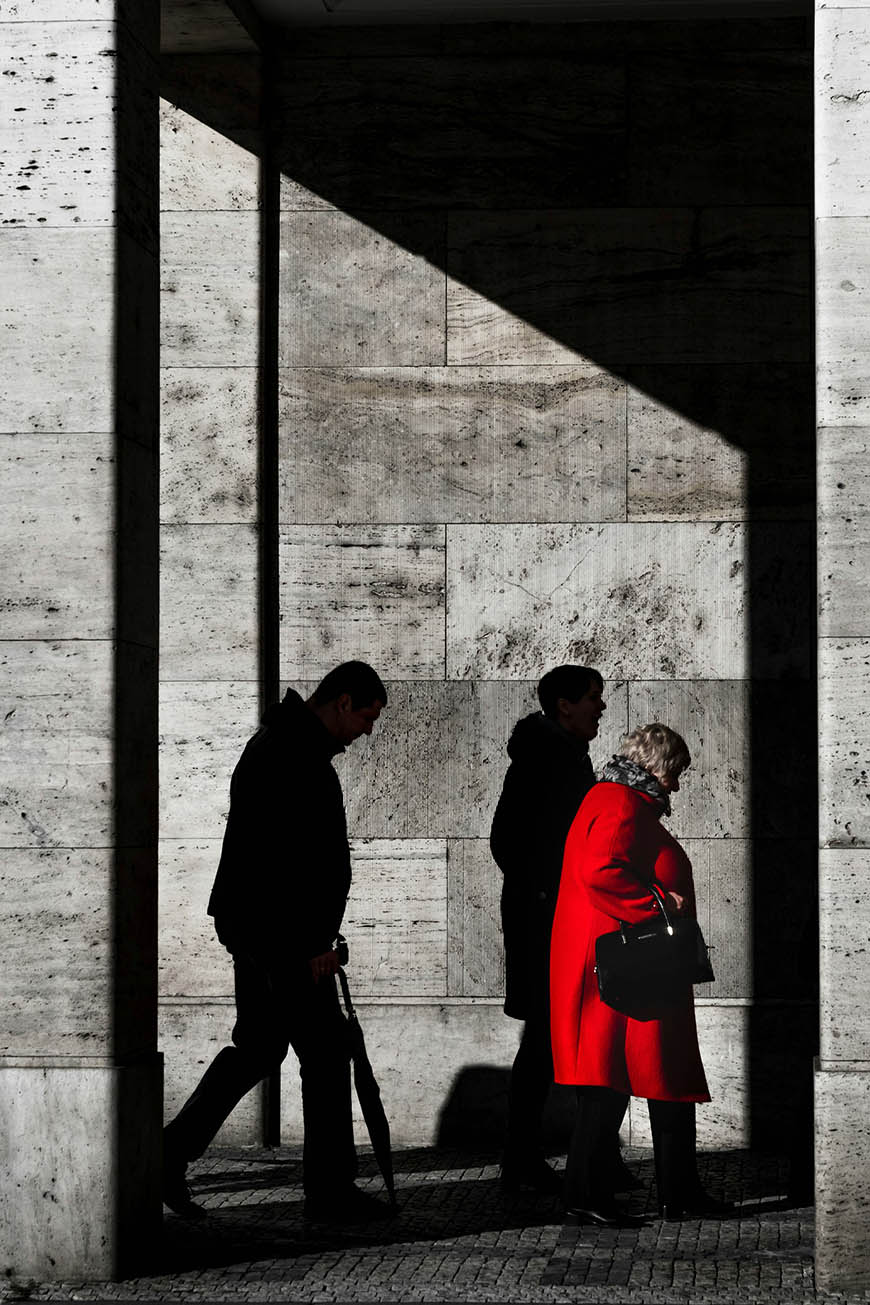
Credit: Rene Bohmer
When trying to capture decisive moments in your photos, it’s important to be patient and trust your intuition.
You should put yourself in the right situation to give yourself the best chance of succeeding. Stalk your decisive moments in an environment with the right composition and watch potential subjects as they walk by.
For example, you can wait close to a bustling intersection with a decent background and lighting conditions, watching pedestrians pass by.
With time, you’ll come across a lot of decisive moments. They could be a child’s curiosity peaking in fascination as a squirrel runs past or how a young couple gazes at each other as they hold hands.
You’ll also see moments that perfectly capture a spectrum of emotions. Study situations like this closely and hone your skills at predicting when the perfect moment to take your picture will arrive.
Perfecting Timing and Anticipation
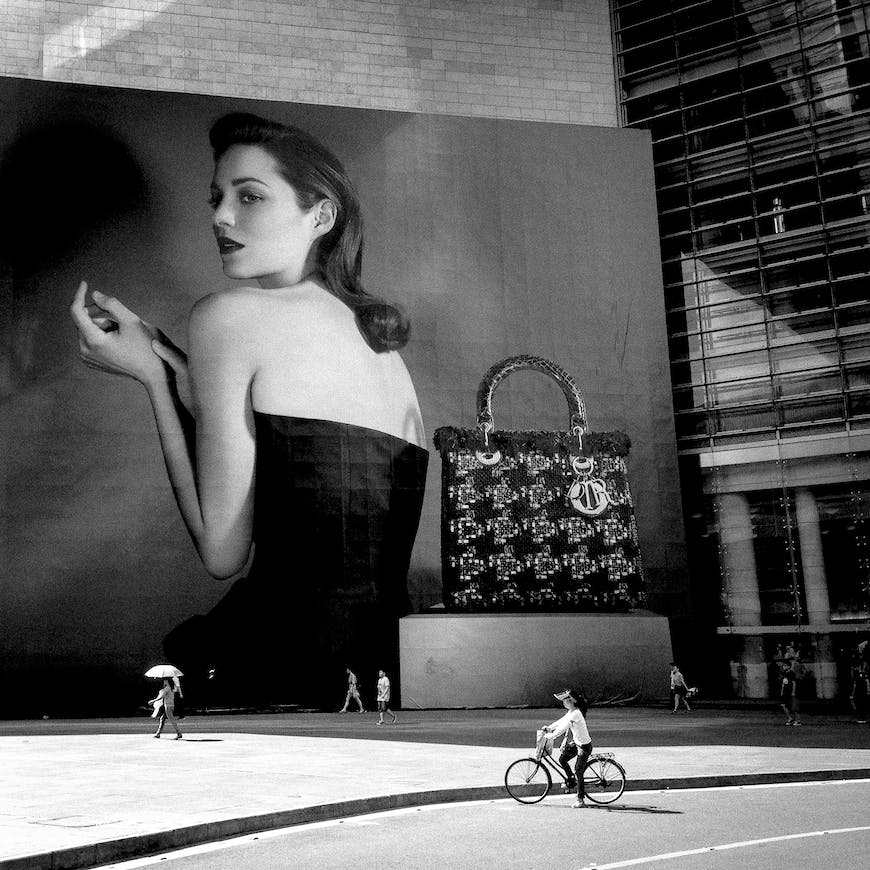
Credit: Ag Z
Building on the previous point, improving your intuition will give you a better feel for timing your photos correctly.
Knowing how to anticipate decisive moments and perfectly time your snaps will do wonders for the quality of your photos.
It’ll also make you less likely to miss decisive moments and give you more powerful storytelling images.
Achieving the Right Composition Through Organization of Forms
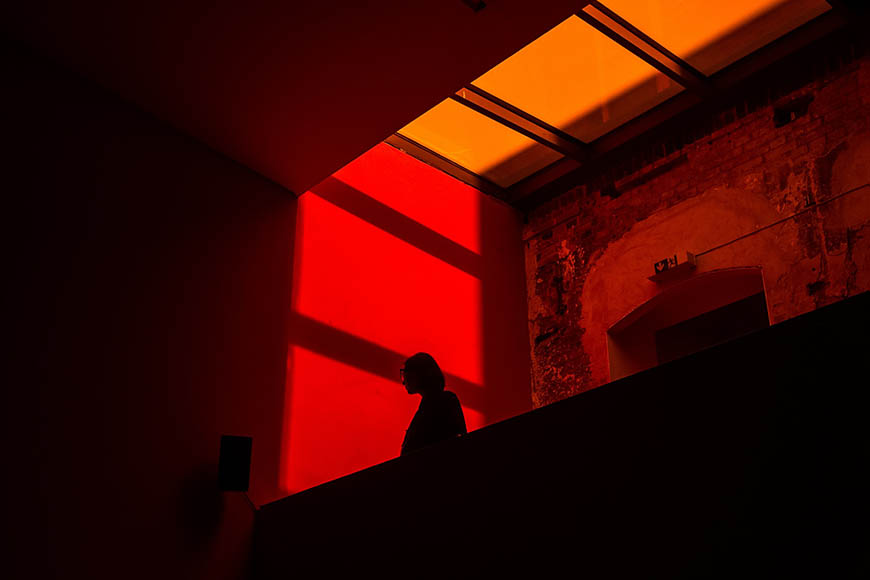
Credit: Artem Gavrysh
You can have all the timing and anticipation skills in the world, but they still won’t be enough to capture decisive moments if the environment doesn’t have the right composition.
This means that every element in your frame needs to draw attention to the motion and expression of the subject that creates the decisive moment.
Additionally, the environment needs to have ideal light conditions. As a result, you should choose the time of day to take your pictures wisely.
Capturing Motion in Your Photos
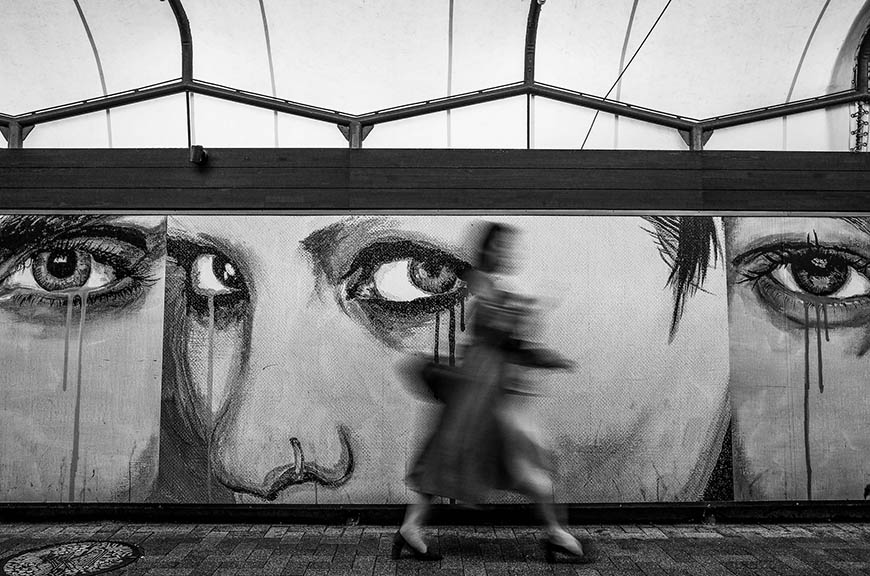
Credit: Masahiro Miyagi
Determining and capturing the decisive moment becomes even more important when the subject moves. To do so, you need to have a knack for predicting what the subject will do next and know when to snap your photo.
Some cameras have advanced features, such as focus tracking, that make this task easier. However, such features won’t help much if you don’t have strong intuition and anticipation skills.
You should also understand which shutter speed to use in different situations. Sometimes, you should use fast shutter speeds to halt the subject’s motion and capture it effectively.
In other instances, it’s better to use slow shutter speeds. This slows the subject’s movement and lets you get a better picture.
When deciding which to use, you should clearly know what you’re trying to achieve in your photo and choose the most suitable shutter speed.
Capturing Meaning and Emotion in Your Photos
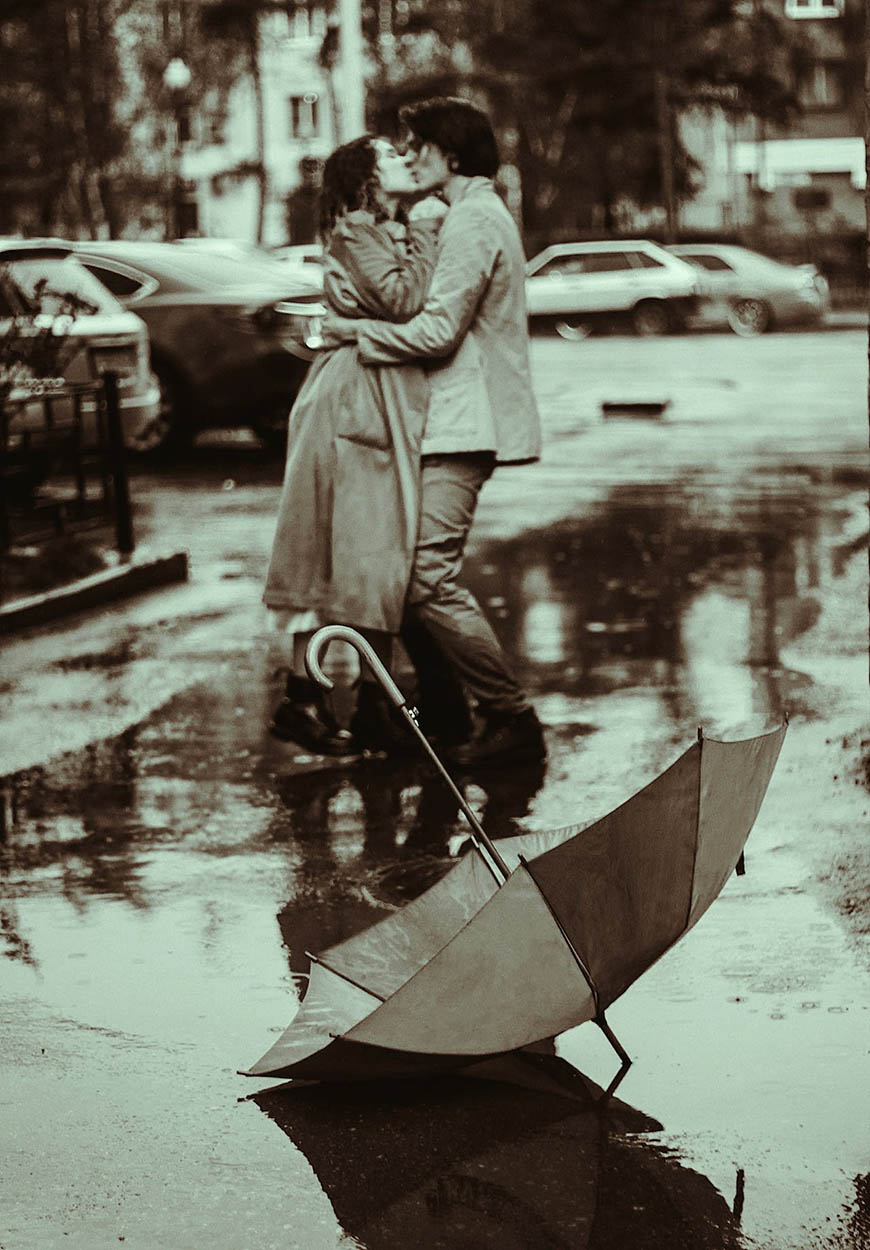
Credit: Olga Shenderova
You can have a photo that has impeccable quality and lighting but, at the same time, is void of meaning and emotion. The presence of an emotional element is what sets decisive moments from ordinary ones.
So, always ensure that you have a meaningful component in your frame’s composition.
You may wonder what this component could be.
There’s no rule of thumb other than that this component should inspire the viewer and arouse an emotion deep inside them.
You can find this in your subjects’ actions by considering what’s meaningful to you through your life experience. By extrapolating that to strangers, you’ll find that meaningful actions are perpetually happening all around you.
As you practice more and gain experience, you’ll become more adept at anticipating when and where these actions may occur in everyday life.
Naturally, it’s much easier to find such emotional moments on special occasions like weddings.
Finding the Extraordinary in Ordinary Everyday Life Details
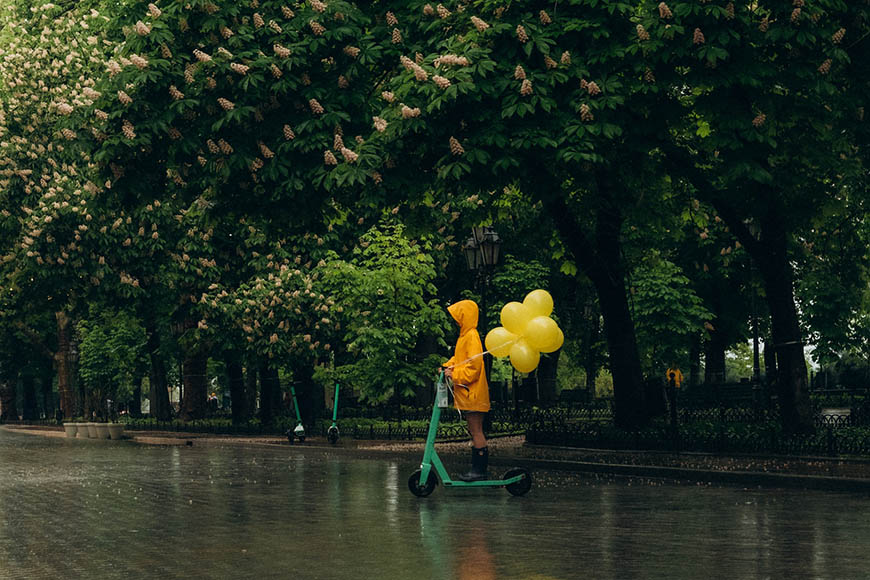
Credit: Yana Hurska
There’s a difference between just looking at, and actually seeing what’s going on around you. If you learn how to really see your surroundings, you’ll find that life is a never-ending series of decisive moments.
These moments can come from other people, their natural surroundings, or the interaction between the former and the latter.
Whether it’s a sentimental interaction between two strangers or a child gazing at the sunset in awe, there are spectacular photos just waiting to be snapped all the time.
Learning to navigate this and become a master at capturing decisive moments requires being in tune with the ebb and flow of life.
To that point, there are three kinds of people.
Some keep waiting for the perfect moment to come and rob themselves of acknowledging and experiencing the present moment. On the other hand, other people are so entrenched in every passing event that they’re overwhelmed by the sheer volume of them.
The third type of person strikes the perfect balance between living in the moment and having enough foresight to know when something extraordinary can come out of the seemingly ordinary.
These life philosophies are the essence of what it takes to capture decisive moments.
Don’t wait for the proverbial perfect moment to come before you take out your camera to take a photo because, by the time you snap the picture, the moment will likely pass you by. You also shouldn’t scan your surroundings through your lens, capturing every frame.
Instead, use your intuition, tune out the distractions, and find the beauty that’s all around you to capture timeless images.
FAQs About Bresson and The Decisive Moment
Here are some common questions that people typically have about Henri Cartier-Bresson and the decisive moment:
When did Henri Cartier-Bresson start photography?
Born and raised in Chanteloup, France, Henri Cartier-Bresson had a passion for the arts from a young age. This is why he decided to study literature at Cambridge University. After three years of studying literature, Cartier-Bresson started practicing photography in 1931.
He purchased his first camera in 1933, took it on an expedition to Mexico the next year, and then studied cinematography the following year.
What’s an example of a decisive moment in photography?
A decisive moment in photography isn’t necessarily one that has grandeur or historical significance. Such a moment can come in the most spontaneous and mundane of events.
A decisive moment can come in the instance when a person raises their hand to shield their eyes from the sun, or when they’re opening their mouth to start laughing.
The most skilled photographers know how to influence the scene to give rise to a decisive moment and create content from form.
Can you buy an original copy of The Decisive Moment’s first edition?
Original copies of The Decisive Moment’s first print do exist. However, getting your hands on Henri Cartier-Bresson’s masterpiece is difficult. There are only 3,000 French copies and 7,000 English copies in the world.
As a result of this rarity, buying a copy of this book will cost you thousands of dollars, with some copies selling for as much as $9,500.
What is Henri Cartier-Bresson’s most famous photo?
The masterful street photographer’s most well-known photo is called “Place de l’Europe.”
Cartier-Bresson’s photograph depicts a man joyfully hopping over a flooded area in Paris and perfectly captures the decisive moment just before the man’s heel makes contact with the water.

Check out these 8 essential tools to help you succeed as a professional photographer.
Includes limited-time discounts.
As the Content Manager of Shotkit, India Mantle brings with her a lifelong love for photography that she developed during her childhood, watching her father document their family moments with his Nikon EM. In her free time, you find her enjoying the awe-inspiring natural beauty of her home, Northern Rivers, Australia.










